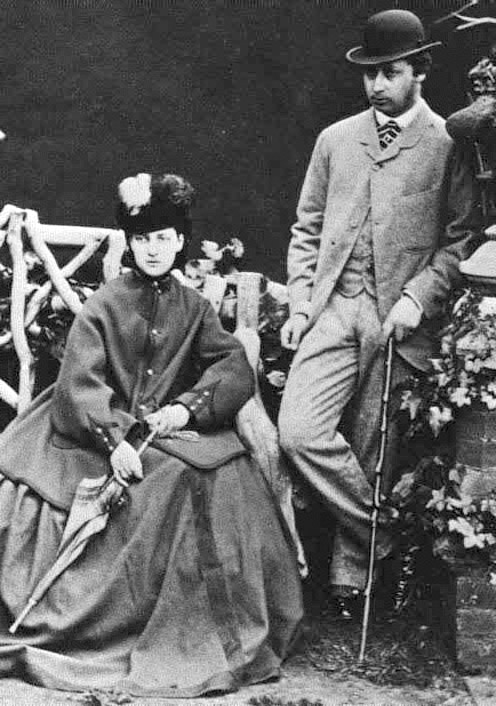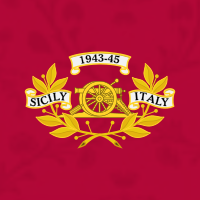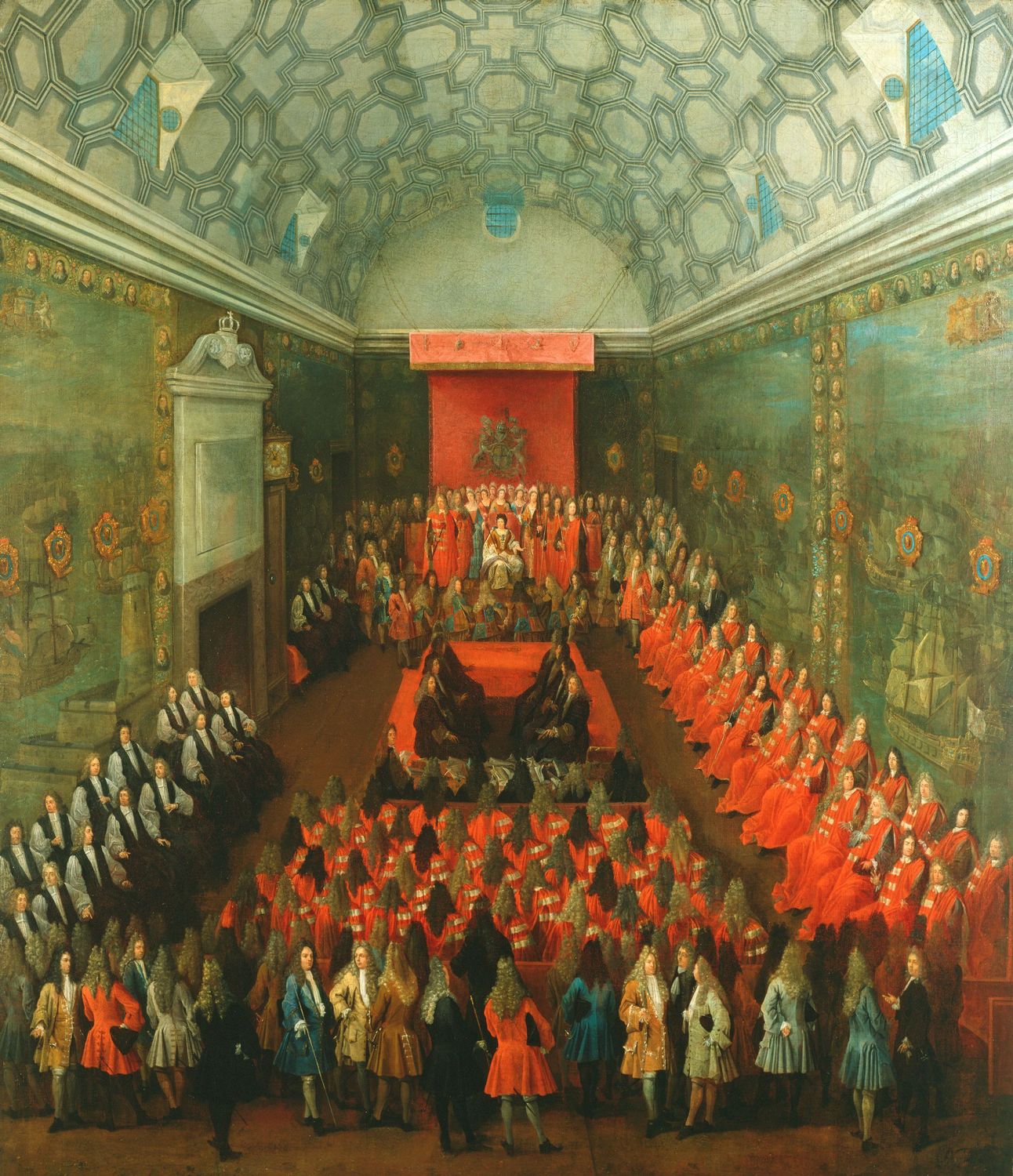|
Francis Needham, 3rd Earl Of Kilmorey
Francis Charles Needham, 3rd Earl of Kilmorey (2 August 1842 – 28 July 1915), styled Viscount Newry from 1851 to 1880, was an Anglo-Irish peer and Conservative Member of Parliament. Background and education Kilmorey was the eldest son of Francis Needham, Viscount Newry, son of Francis Needham, 2nd Earl of Kilmorey. His mother was Anne Amelia Colville, daughter of General Sir Charles Colville. He attended Eton College and Christ Church, Oxford. In 1862 (aged nineteen), Kilmorey proposed to give a ball; this was prohibited by the college authorities, chiefly by Charles Lutwidge Dodgson (better known as Lewis Carroll). The wife of Henry Liddell, the Dean of the college, had supported the ball; the Liddells' Irish residence was close to the Kilmorey seat of Mourne Park, and this favour to a family friend might have made social connections for her several daughters (including Alice). The ball and the resulting coldness between the Liddells and Carroll is mentioned in his dia ... [...More Info...] [...Related Items...] OR: [Wikipedia] [Google] [Baidu] |
The Right Honourable
''The Right Honourable'' (abbreviation: The Rt Hon. or variations) is an honorific Style (form of address), style traditionally applied to certain persons and collective bodies in the United Kingdom, the former British Empire, and the Commonwealth of Nations. The term is predominantly used today as a style associated with the holding of certain senior public offices in the United Kingdom, Canada, New Zealand, and, to a lesser extent, Australia. ''Right'' in this context is an adverb meaning 'very' or 'fully'. Grammatically, ''The Right Honourable'' is an adjectival phrase which gives information about a person. As such, it is not considered correct to apply it in direct address, nor to use it on its own as a title in place of a name; but rather it is used in the Grammatical person, third person along with a name or noun to be modified. ''Right'' may be abbreviated to ''Rt'', and ''Honourable'' to ''Hon.'', or both. ''The'' is sometimes dropped in written abbreviated form, but is ... [...More Info...] [...Related Items...] OR: [Wikipedia] [Google] [Baidu] |
Lewis Carroll
Charles Lutwidge Dodgson (27 January 1832 – 14 January 1898), better known by his pen name Lewis Carroll, was an English author, poet, mathematician, photographer and reluctant Anglicanism, Anglican deacon. His most notable works are ''Alice's Adventures in Wonderland'' (1865) and its sequel ''Through the Looking-Glass'' (1871). He was noted for his facility with word play, logic, and fantasy. His poems ''Jabberwocky'' (1871) and ''The Hunting of the Snark'' (1876) are classified in the genre of literary nonsense. Some of Alice's nonsensical wonderland logic reflects his published work on mathematical logic. Carroll came from a family of high-church Anglicanism, Anglicans, and pursued his clerical training at Christ Church, Oxford, where he lived for most of his life as a scholar, teacher and (necessarily for his academic fellowship at the time) Anglican deacon. Alice Liddell – a daughter of Henry Liddell, the Dean of Christ Church, Oxford, Dean of Christ Church – is wide ... [...More Info...] [...Related Items...] OR: [Wikipedia] [Google] [Baidu] |
Edward Holmes Baldock
Edward Holmes Baldock (1812 – 15 August 1875) was a British Conservative Party politician. He was the son of Edward Holmes Baldock (dealer) (1777–1845), the prominent London dealer in French 18th-century furniture and reproductions. He was elected at the 1847 general election as a member of parliament (MP) for the borough of Shrewsbury, and was re-elected in 1852 Events January–March * January 14 – President Louis-Napoléon Bonaparte proclaims a new constitution for the French Second Republic. * January 15 – Nine men representing various Jewish charitable organizations come to .... He did not contest the 1857 general election. References External links * 1812 births 1875 deaths Conservative Party (UK) MPs for English constituencies UK MPs 1847–1852 UK MPs 1852–1857 {{England-Conservative-UK-MP-1810s-stub ... [...More Info...] [...Related Items...] OR: [Wikipedia] [Google] [Baidu] |
Edward VII
Edward VII (Albert Edward; 9 November 1841 – 6 May 1910) was King of the United Kingdom and the British Dominions, and Emperor of India, from 22 January 1901 until Death and state funeral of Edward VII, his death in 1910. The second child and eldest son of Queen Victoria and Prince Albert of Saxe-Coburg and Gotha, Edward, nicknamed "Bertie", was related to royalty throughout Europe. He was Prince of Wales and heir apparent to the British throne for almost 60 years. During his mother's reign, he was largely excluded from political influence and came to personify the fashionable, leisured elite. He Wedding of Prince Albert Edward and Princess Alexandra, married Princess Alexandra of Denmark in 1863, and the couple had six children. As Prince of Wales, Edward travelled throughout Britain performing ceremonial public duties and represented Britain on visits abroad. His tours of North America in 1860 and of the Indian subcontinent in 1875 proved popular successes. Despite the ap ... [...More Info...] [...Related Items...] OR: [Wikipedia] [Google] [Baidu] |
Shropshire Yeomanry
The Shropshire Yeomanry was a yeomanry regiment of the British Army, first raised in 1795, which served as a cavalry and dismounted infantry regiment in the First World War and as a cavalry and an artillery regiment in the Second World War. It was then amalgamated with the Shropshire Royal Horse Artillery. In 1969, the regiment was replaced by No. 4 Squadron, 35 (South Midlands) Signal Regiment and the Shropshire Yeomanry Cadre. These later formed the Shropshire Yeomanry Squadron of the Queen's Own Mercian Yeomanry before their amalgamation into the Royal Mercian and Lancastrian Yeomanry and subsequent re-subordination to the Royal Yeomanry. History Formation and early history The Shropshire Yeomanry dates its origins to the French Revolutionary Wars, when volunteer cavalry units were raised throughout the country. These small units, which included the Wellington Troop formed in Shropshire in 1795, amalgamated into three larger units, the Shrewsbury Yeomanry Cavalry, ... [...More Info...] [...Related Items...] OR: [Wikipedia] [Google] [Baidu] |
Order Of St Patrick
The Most Illustrious Order of Saint Patrick is a dormant British order of chivalry associated with Ireland. The Order was created in 1783 by King George III at the request of the then Lord Lieutenant of Ireland, George Nugent-Temple-Grenville, 1st Marquess of Buckingham, the 3rd Earl Temple (later created Marquess of Buckingham). The regular creation of knights of the Order lasted until 1922, when most of Ireland gained independence as the Irish Free State, a dominion within what was then known as the British Commonwealth of Nations. While the Order technically still exists, no knight of St Patrick has been created since 1936, and the last surviving knight, Prince Henry, Duke of Gloucester, died in 1974. Charles III, however, remains the Sovereign of the Order, and one officer, the Ulster King of Arms (now represented in the office of Norroy and Ulster King of Arms), also survives. Saint Patrick is patron saint, patron of the order; its motto is ''Quis separabit?'', Latin for "W ... [...More Info...] [...Related Items...] OR: [Wikipedia] [Google] [Baidu] |
List Of Irish Representative Peers
This is a list of representative peers elected from the Peerage of Ireland to sit in the British House of Lords after the Kingdom of Ireland was brought into union with the Kingdom of Great Britain. No new members were added to the House after 1919, due to the creation of the Irish Free State, however, the already sitting members continued to remain part of the House, with the last member dying in 1961. Once elected, peers held their seats for life. Some of these peers were granted a title in the Peerage of the United Kingdom which gave them a hereditary seat in the House of Lords. These peers also remained as representative peers and were not replaced until their deaths. List of Irish representative peers 1800–1850 1850–1900 1900–1919 Remaining representative peers after 1922 Representative peers with a title in the Peerage of the United Kingdom See also *List of Scottish representative peers References *{{cite web , url=http://leighrayment.com/ ... [...More Info...] [...Related Items...] OR: [Wikipedia] [Google] [Baidu] |
House Of Lords
The House of Lords is the upper house of the Parliament of the United Kingdom. Like the lower house, the House of Commons of the United Kingdom, House of Commons, it meets in the Palace of Westminster in London, England. One of the oldest extant institutions in the world, its origins lie in the early 11th century and the emergence of bicameralism in the 13th century. In contrast to the House of Commons, membership of the Lords is not generally acquired by Elections in the United Kingdom, election. Most members are Life peer, appointed for life, on either a political or non-political basis. House of Lords Act 1999, Hereditary membership was limited in 1999 to 92 List of excepted hereditary peers, excepted hereditary peers: 90 elected through By-elections to the House of Lords, internal by-elections, plus the Earl Marshal and Lord Great Chamberlain as members Ex officio member, ''ex officio''. No members directly inherit their seats any longer. The House of Lords also includes ... [...More Info...] [...Related Items...] OR: [Wikipedia] [Google] [Baidu] |
Irish Peerage
The peerage of Ireland consists of those Peerage, titles of nobility created by the English monarchs in their capacity as Lordship of Ireland, Lord or Monarchy of Ireland, King of Ireland, or later by monarchs of the United Kingdom of Great Britain and Ireland. It is one of the five divisions of peerages in the United Kingdom. The creation of such titles came to an end in the 19th century. The ranks of the Irish peerage are duke, marquess, earl, viscount and baron. As of 2016, there were 135 titles in the peerage of Ireland: two dukedoms, ten marquessates, 43 earldoms, 28 viscountcies, and 52 baronies. This peerage is administered by the United Kingdom (which includes only part of the island of Ireland, namely Northern Ireland) and its titles are not officially recognised by the Republic of Ireland (which consists of the rest of the island), with Article 40.2 of the Constitution of Ireland forbidding the state conferring titles of nobility and stating that an Irish citizen may ... [...More Info...] [...Related Items...] OR: [Wikipedia] [Google] [Baidu] |
Newry (UK Parliament Constituency)
Newry was a United Kingdom Parliament constituency in Ireland returning one MP. It was an original constituency represented in Parliament when the Union of Great Britain and Ireland took effect on 1 January 1801. Boundaries This constituency was the parliamentary borough of Newry in County Down. Members of Parliament Elections Elections in the 1830s Elections in the 1840s Elections in the 1850s Needham's death caused a by-election. Elections in the 1860s Elections in the 1870s Kirk's death caused a by-election. Elections in the 1880s Elections in the 1890s Elections in the 1900s Elections in the 1910s References *''The Parliaments of England'' by Henry Stooks Smith (1st edition published in three volumes 1844–50), 2nd edition edited (in one volume) by F.W.S. Craig (Polit ... [...More Info...] [...Related Items...] OR: [Wikipedia] [Google] [Baidu] |
British House Of Commons
The House of Commons is the lower house of the Parliament of the United Kingdom. Like the upper house, the House of Lords, it meets in the Palace of Westminster in London, England. The House of Commons is an elected body consisting of 650 members known as members of Parliament (MPs), who are elected to represent constituencies by the first-past-the-post system and hold their seats until Parliament is dissolved. The House of Commons of England began to evolve in the 13th and 14th centuries. In 1707 it became the House of Commons of Great Britain after the political union with Scotland, and from 1801 it also became the House of Commons for Ireland after the political union of Great Britain and Ireland. In 1922, the body became the House of Commons of the United Kingdom of Great Britain and Northern Ireland after the independence of the Irish Free State. Under the Parliament Acts 1911 and 1949, the Lords' power to reject legislation was reduced to a delaying power. The gove ... [...More Info...] [...Related Items...] OR: [Wikipedia] [Google] [Baidu] |






